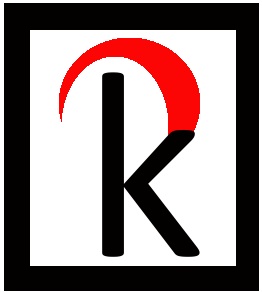5 Things You May Want to Know About… What an Art Collections Manager Does
This article is part of a new ongoing series on “5 Things You May Want to Know About…”. Future articles on this and various other subjects around collections care and collecting may be easily found by clicking on the “5 Things to Know” tag.
Managing an art collection encompasses all aspects of collections care, requiring expertise in a wide number of fields. A collections manager is responsible for record-keeping, which includes cataloguing new and existing objects but also documenting them and researching their provenance – including prior to a sale or purchase –, handling the acquisition process itself, ensuring that the right conservation environment – especially for a mixed collection– and having objects undergo conservation treatment if needed, handling long- and short-term storage arrangements, managing loans and exhibitions, keeping the movement records updated... the list goes on.
An art collections manager will therefore have many responsibilities. Among these are the following:
Help develop the client’s collection: After understanding what the collector wishes to do with their pieces (invest, keep for the long term, loan) and what their personal preferences are in terms of style, the collections manager can then assist them in developing their collections through new acquisitions. Doing so requires working with galleries, attending art fairs, staying up-to-date on art market movements, establishing relationships with different artists, etc.
Document and catalogue the pieces: Documenting and cataloguing collections go hand-in-hand. Documentation includes ensuring that all cataloguing, historical, and provenance documents can be found in the piece's file, as well as contracts, insurance, condition reports, and other related paperwork. Cataloguing is the keeping of an updated catalogue worksheet or inventory record, providing vital information on the object and for research and interpretation purposes, conservation and risk management, and even developing exhibits.
Ensure proper conservation measures: Conservation is a multifaceted part of collections care and critical to the objects' long-term preservation. Conservation comprises being aware of the environmental conditions required for display and storage (temperature, humidity, lux), how to adapt them to mixed collections, creating and updating condition reports as needed, realising when urgent conservation treatment is needed, and guaranteeing that proper handling methods are being used.
Advise on exhibits and displays: Some collectors wish to keep their pieces private, while others enjoy loaning them to museums and other institutions for various reasons, including financial ones. The collections manager may advise the collector on which pieces to display and help with all aspects of organising the exhibit, including contacting the proper specialised insurance and preparing the interpretation materials.
Assist with loans and outreach: Should a collector choose to loan a piece, the collections manager will handle some or all of the adjacent activities. These include arranging for specialized transportation and insurance, coordinating with the receiving institution on all administrative matters, staying informed on which outreach activities the piece will be shown at (educational, digital, general public), and reporting on them, and ensuring its safe return.
Effectively managing an art collection requires, therefore, professionals with vast amounts of knowledge and expertise, and access to teams who can handle the various responsibilities: curators, conservators, art advisors, registrars, shippers, provenance researchers, insurers, art analysis laboratories, among others. Collectors who hire a collections manager can be sure that their art is well taken care of, as the professional knows whom to call on and when to do so.

